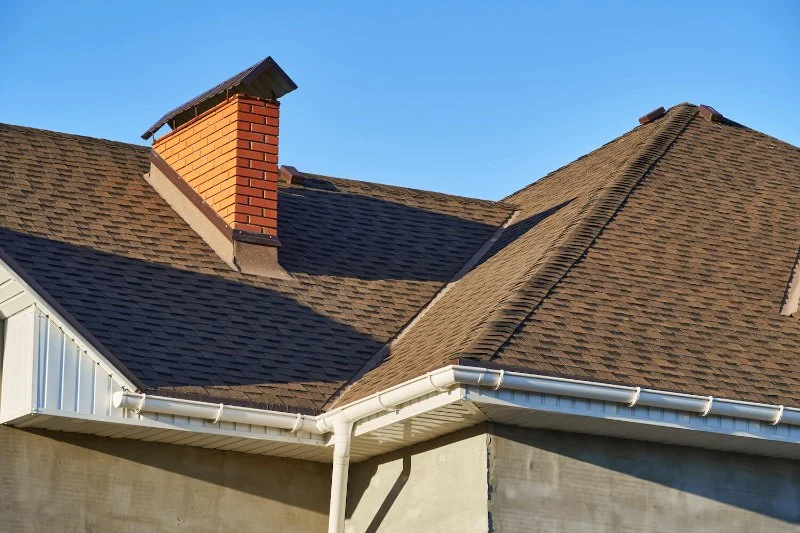
- Understanding Seismic Activity and Its Impact on Roofs
- Factors Affecting Roof Lifespan in Seismic Areas
- Roof Materials Suitable for Seismic Areas
- Maintaining Roofs in High Seismic Activity Areas
- Common Roof Damages from Seismic Activity
1. Understanding Seismic Activity and Its Impact on Roofs
Seismic activity refers to the movement of the Earth’s crust, which causes earthquakes and tremors. Areas with high seismic activity are prone to frequent or powerful ground shaking, which can have a significant impact on the structural integrity of buildings, including the roof.
Roofs in regions with seismic activity are subjected to unique stresses due to the constant movement of the ground beneath them. This can lead to accelerated wear and tear, shortening the lifespan of roofing materials and the roof structure itself. Understanding how seismic activity affects roofs is crucial for homeowners in earthquake-prone areas, as it helps them make informed decisions about maintenance and repairs.
2. Factors Affecting Roof Lifespan in Seismic Areas
Several factors contribute to how long a roof lasts in areas with high seismic activity. Here are the most important considerations:
2.1 Frequency and Intensity of Seismic Events
The more frequent and intense the seismic events in your area, the more stress your roof will experience. Strong tremors can cause immediate damage, while repeated, smaller earthquakes can weaken the roof structure over time, leading to cumulative damage that may not be visible initially.
2.2 Type of Roof Design
Roof design plays a significant role in how well a roof performs in seismic areas. Roofs with a steep pitch or those that are heavier may be more vulnerable to shifting during tremors. In contrast, lighter, more flexible roof designs may fare better in seismic conditions. A well-engineered roof with seismic-resistant features can significantly improve its lifespan in such areas.
2.3 Building Foundation and Stability
The stability of the building’s foundation also influences the longevity of the roof. If the foundation shifts or cracks during seismic activity, it can lead to misalignment or stress on the roof structure, shortening its lifespan. Proper foundation reinforcement and periodic inspections are critical to maintaining roof integrity in high seismic zones.
3. Roof Materials Suitable for Seismic Areas
Choosing the right roofing materials is essential when building or replacing a roof in an area with high seismic activity. Here are some roofing materials that are particularly suited for seismic areas:
3.1 Metal Roofing
Metal roofs are highly durable and flexible, making them a great option for areas with high seismic activity. Their lightweight nature allows them to better withstand the forces of earthquakes, and they are less likely to suffer damage during ground movements. Additionally, metal roofs have a long lifespan and require minimal maintenance.
3.2 Clay or Concrete Tiles
Clay and concrete tiles are common roofing materials in seismic areas due to their strength and durability. They are fire-resistant, energy-efficient, and can withstand moderate seismic forces. However, they can be more prone to cracking in extreme earthquakes, so proper installation is crucial for maximizing their lifespan.
3.3 Synthetic Roofing Materials
Synthetic roofing materials, such as rubber or polymer-based shingles, offer a lightweight and flexible alternative to traditional roofing materials. These materials are resistant to cracking and breaking during seismic activity, providing an effective solution for roofs in earthquake-prone areas. Synthetic materials are also environmentally friendly and energy-efficient.
4. Maintaining Roofs in High Seismic Activity Areas
Proper maintenance is key to extending the lifespan of a roof in an area with high seismic activity. Here are some essential maintenance tips:
4.1 Regular Inspections
Regular roof inspections are critical in seismic areas to identify and address any damage caused by earthquakes or tremors. After each significant seismic event, it is advisable to check for signs of damage such as cracks in the roof, leaks, or displaced shingles. Early detection of issues can prevent further damage and extend the roof’s lifespan.
4.2 Reinforcing the Roof Structure
For added protection against seismic activity, consider reinforcing the roof structure. This can include installing seismic roof bracing systems, which help distribute seismic forces more evenly and prevent the roof from shifting or collapsing. Consulting with a structural engineer to determine the best reinforcement options is highly recommended in high seismic zones.
4.3 Gutter and Drainage Maintenance
Maintaining proper drainage around the roof is essential for avoiding water damage, which can further weaken the roof in seismic areas. Ensure that gutters, downspouts, and drainage systems are clear of debris, and check for any water accumulation that could compromise the roof’s integrity during or after a seismic event.
5. Common Roof Damages from Seismic Activity
Seismic activity can cause several types of roof damage, ranging from minor issues to major structural problems. The most common roof damages caused by seismic activity include:
5.1 Cracked or Dislodged Shingles
During an earthquake, the shaking can cause shingles to crack or become dislodged. This can lead to leaks and further water damage if not addressed promptly. Metal roofs may also suffer from denting or damage to seams and fasteners due to seismic movement.
5.2 Roof Misalignment
In severe seismic events, the roof structure may shift, causing misalignment of the roof components. This can lead to a weakened roof that is more prone to further damage, including leaks and structural instability. Re-aligning and reinforcing the roof may be necessary to restore its integrity.
5.3 Structural Weakening
Over time, repeated seismic activity can weaken the roof’s structural components, such as beams, rafters, and trusses. This can result in sagging, cracks, and the potential for collapse if not properly addressed. Regular inspections and reinforcements are necessary to prevent this type of damage.
In regions with high seismic activity, understanding how earthquakes affect roofs and taking preventive measures is crucial for maintaining a safe and durable roof. For expert advice, products, and services related to roof repairs and replacements in seismic areas, visit BeachCo Roofing Hub for the best solutions tailored to your needs.

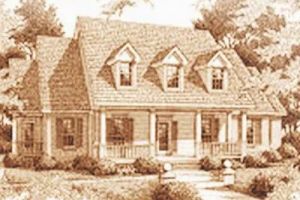

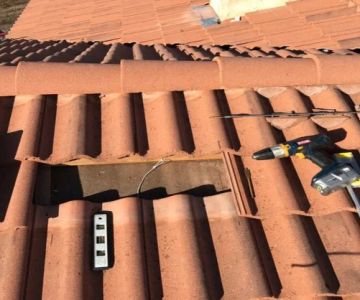
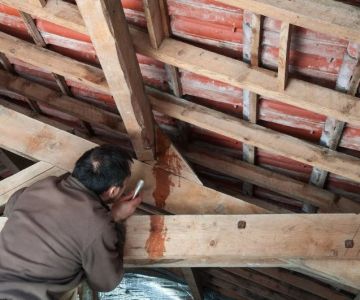
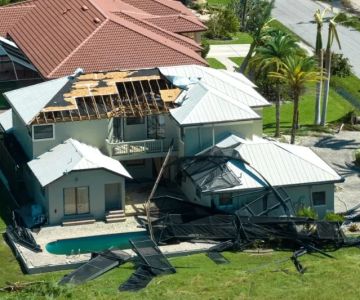
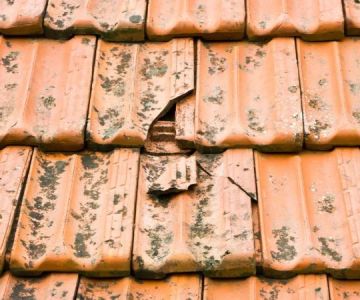

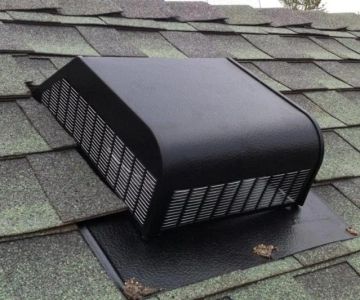
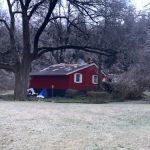 Proven Contracting of Long Valley NJ5.0 (53 reviews)
Proven Contracting of Long Valley NJ5.0 (53 reviews) Mighty Dog Roofing of Rhode Island5.0 (65 reviews)
Mighty Dog Roofing of Rhode Island5.0 (65 reviews)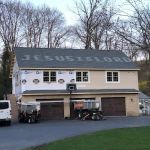 MKS Construction LLC5.0 (30 reviews)
MKS Construction LLC5.0 (30 reviews)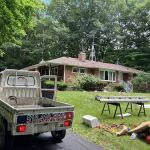 Collie Roofing & Siding4.0 (63 reviews)
Collie Roofing & Siding4.0 (63 reviews)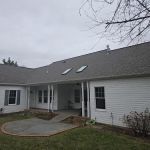 G J Goss Contracting Inc4.0 (331 reviews)
G J Goss Contracting Inc4.0 (331 reviews)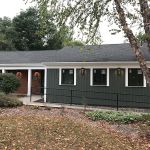 TRP Roofing5.0 (17 reviews)
TRP Roofing5.0 (17 reviews)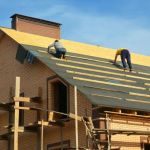 What is a Roof Deck and How to Repair or Reinforce It
What is a Roof Deck and How to Repair or Reinforce It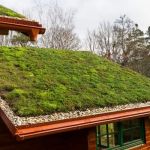 How to Choose the Best Roofing Material for a Building with a Green Roof System
How to Choose the Best Roofing Material for a Building with a Green Roof System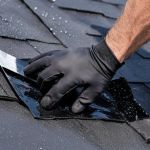 Roof Leak Repair: Temporary Fixes and Permanent Solutions Explained
Roof Leak Repair: Temporary Fixes and Permanent Solutions Explained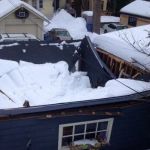 Roof Snow Load Calculation: How to Know if Your Roof is at Risk
Roof Snow Load Calculation: How to Know if Your Roof is at Risk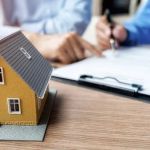 What is a Roofing Warranty Transfer and How Does it Work When You Sell?
What is a Roofing Warranty Transfer and How Does it Work When You Sell? What is a Roofing Project Completion Certificate? For Insurance and Records
What is a Roofing Project Completion Certificate? For Insurance and Records